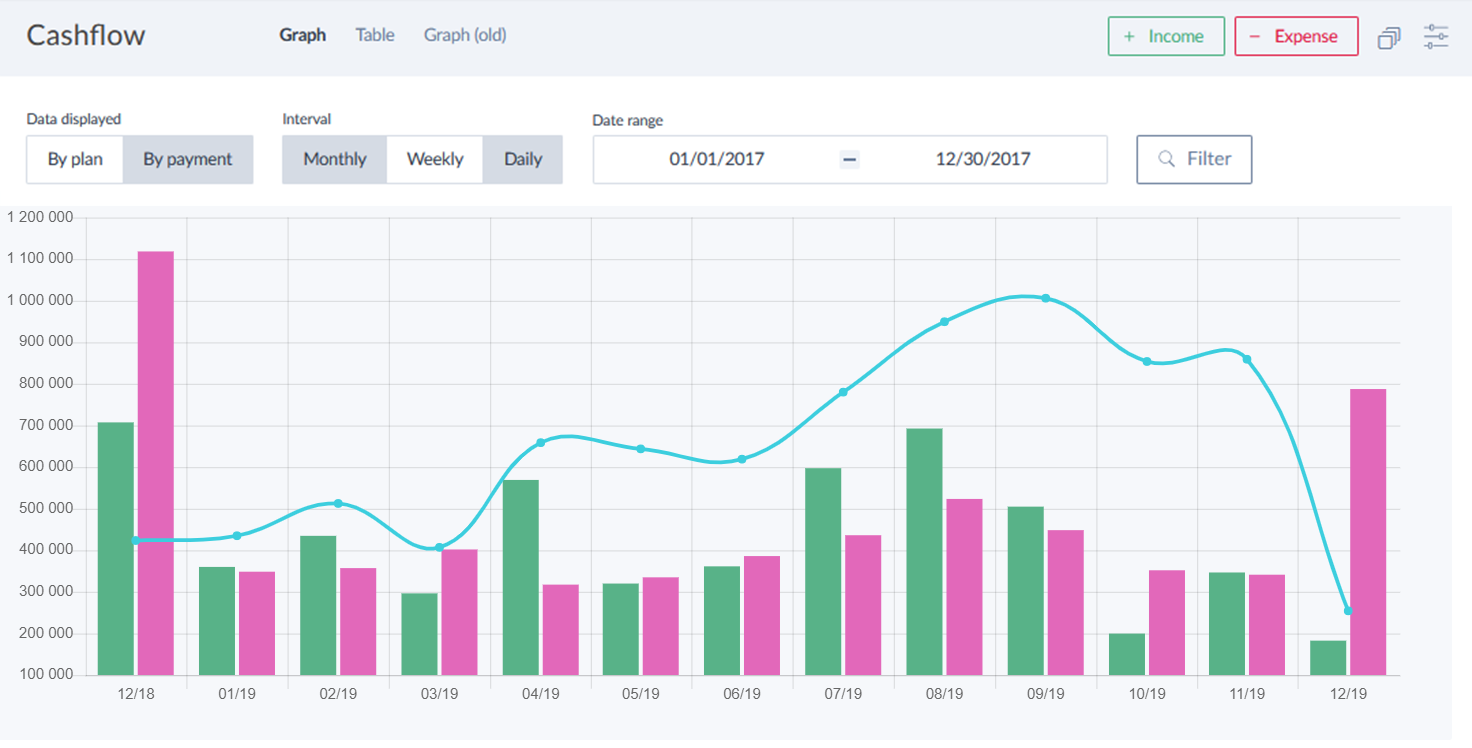The COVID-19 situation affected almost all companies around the world. Many companies have felt pressure on liquidity and sufficient resources. Do companies currently manage the decline in liquidity only thanks to financial reserves? What has helped companies that survived the economic crisis even without reserves the most? And to what extent did the need to consider a turnover related to the (un)certainty of orders, the number of days past due, or the approach of suppliers reflected in the management of their cash flow?
🎓 CAFLOU® cash flow academy is brought to you by CAFLOU® - 100% digital cash flow software
Who faces cash flow issues?
 Decrease in demand, related decline in revenues, outstanding receivables from customers affected by the crisis. These are just some of the many causes of the unprecedented pressure on companies’ sufficient financial resources. Some companies are more affected by the crisis than others. Which group do you fall into? Most companies had to deal with a slump in liquidity during the pandemic.
Decrease in demand, related decline in revenues, outstanding receivables from customers affected by the crisis. These are just some of the many causes of the unprecedented pressure on companies’ sufficient financial resources. Some companies are more affected by the crisis than others. Which group do you fall into? Most companies had to deal with a slump in liquidity during the pandemic.
Problems with cash flow were felt the least by companies active in the construction and retail sectors. On the contrary, it turns out that the biggest burden in the form of the so-called secondary insolvency affected companies in the tourism and catering sectors, and partly also companies in the manufacturing industry. Timely payments and short maturities are critical for maintaining the operation and jobs, especially for small and medium-sized enterprises.
A significant number of companies have noticed a shift in the time of invoice payment. In the Czech Republic, for example, the deterioration in payment habits affects the transport and storage sectors, the production of metals, metal structures and machinery, foundries, the electrical industry and the production of motor vehicles and other means of transport.
How to handle short-term cash flow?
 The key is to monitor and regularly update the planned short-term cash flow so that a possible shortage of cash can be addressed in advance. The managers of companies that successfully resist financial adversity agree on this. Daily or weekly monitoring and forecasting are suitable for effective cash management in the current situation. What does this mean in practice?
The key is to monitor and regularly update the planned short-term cash flow so that a possible shortage of cash can be addressed in advance. The managers of companies that successfully resist financial adversity agree on this. Daily or weekly monitoring and forecasting are suitable for effective cash management in the current situation. What does this mean in practice?
The first step is to determine the development of revenues based on the expected maturity of invoices, the development of costs associated with payments to business partners, and regular recurring payments such as payrolls, rent or utility charges. The second step includes planned investment expenditures and financial liabilities, for example towards banking institutions.
Thanks to a prepared statement, it is possible to get an idea of a possible lack of cash in the perspective of short-term cash flow, say two to up to three months in advance. As the market situation is constantly evolving and the conditions that have been valid up to now may often no longer apply despite all the good will of those involved, it is necessary to update the prepared forecast – either daily or at least weekly, depending on the severity of the impacts of the crisis on the company.
However, the aim of the short-term cash flow forecast is not only to determine the day on which there is a certain probability of a shortage of money, but also to identify readily available funds and quantify the need for money in the coming weeks.
💡 Do you know CAFLOU®? CAFLOU is a 100% digital management system which is used to manage the performance and economy of your company, team and projects, even remotely.
What are the most common solutions?
The aim of the crisis measures in the area of cash flow is to ensure sufficient cash balances so that the company can overcome the crisis period. Companies learned from the global financial and economic crisis of 2008 and entered the current economic crisis with their own reserves. The savings that will allow a company to survive several unfavourable months with its own resources testify to the conservative approach to financial management that is usually praised by economists.
However, some entrepreneurs approach their businesses with a greater willingness to take risks and, according to the “money must flow” rule, consider too large a stock of working capital to be an inefficient use of financial resources. What helped this group of companies? The lack of cash was solved by companies whose cash flow was significantly negatively affected in two ways.
The first was to look for savings within the company. In most companies, the focus has been on reducing expenses related to the day-to-day operation of the company, including non-payment of the variable part of salary and reduction in the level of inventories. Some companies postponed the acquisition of new assets to following months or even sold less used assets.
The second way of solving liquidity shortages applied in times of crisis concerned the company’s external relations with suppliers (efforts to defer payments), customers (encouragement for timely payments, suspension of quantity or price discounts), banks (overdraft increase requests, new credit granting) and the state (requests for tax deferrals, use of reliefs within the government’s anti-crisis programmes).
Lessons from the crisis
The decline in liquidity can be managed not only with the use of own financial reserves, but also thanks to a more responsive approach of suppliers who allowed their customers to wait with invoice payments, or customers who, if the economic situation allowed, were willing to pay for the delivered goods or services in advance. Fact-based communication instead of unsubstantiated promises is the key to long-term mutually beneficial business relationships. Cash flow management is thus an inherent tool of competitive advantage.
<< Back to all articles in Caflou cash flow academy
Article author: Pavlina Vancurova, Ph.D. from ![]()

In cooperation with Pavlina Vancurova, Ph.D., specialist in business economics from consulting firm PADIA, we have prepared the Caflou cash flow academy for you, the aim of which is to help you expand your knowledge in the field of cash flow management in small and medium-sized companies.
In her practice, Pavlina provides economic advice in the area of financial management and setting up controlling in companies of various fields and sizes. In 2011, she co-founded the consulting company PADIA, where she works as a trainer and interim financial director for a number of clients. She also draws on her experience as the executive director of an international consulting firm. She worked as a university teacher and is the author of a number of of professional publications.